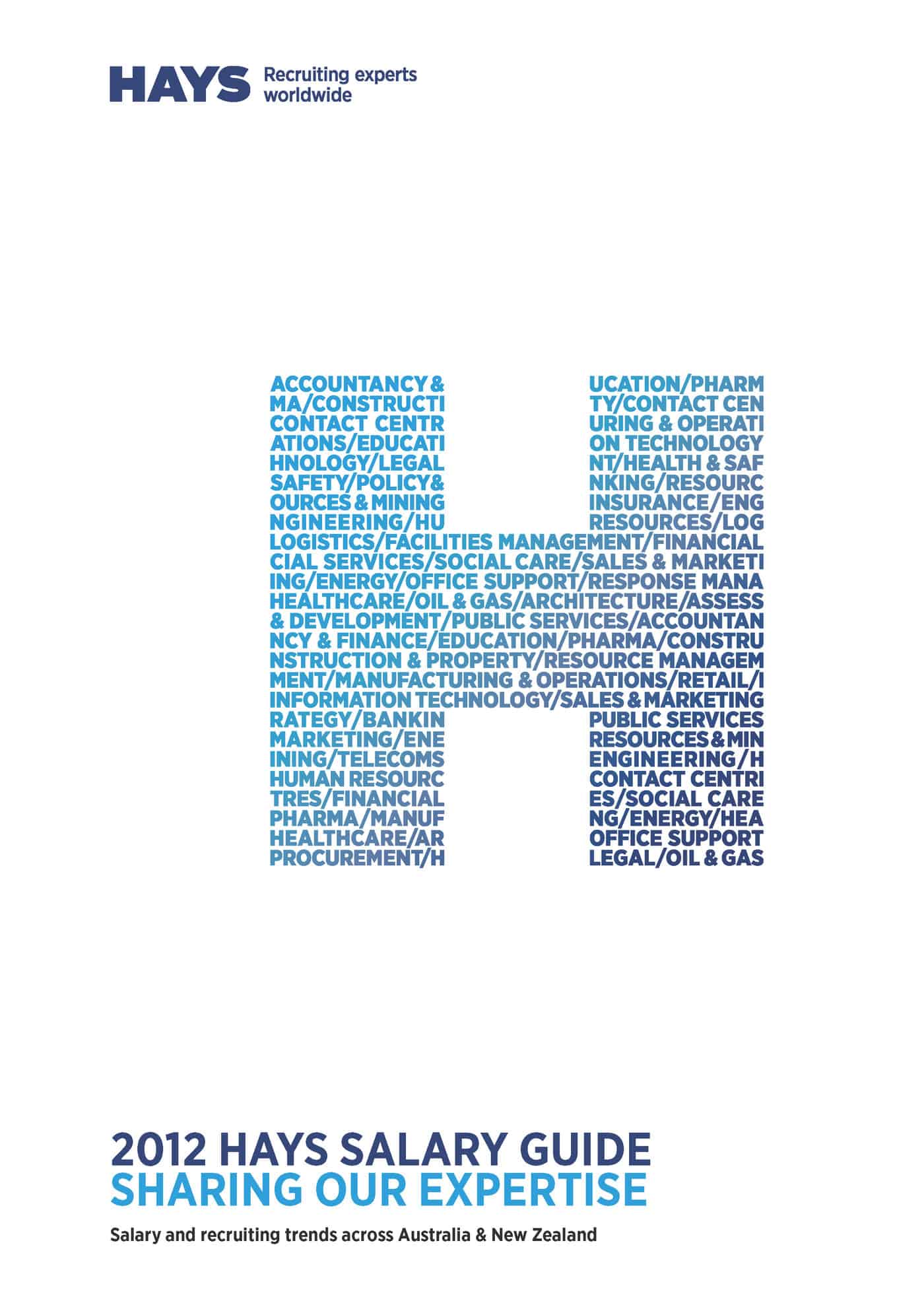The development of Australia’s new Work Health and Safety laws relies on potential prosecutions and Court rulings to clarify various elements and definitions. Some labour lawyers have forecast this clarification to take several years however last week The Warrnambool Standard reported on a decision by the Victorian Civil and Administrative Tribunal (VCAT) that provides a worrying clarification on the contentious definition of “as far as is reasonably practicable” from outside the anticipated Court structure.
 WorkSafe Victoria placed an improvement notice on a woodchipper owned by the Warrnambool City Council following an incident in September 2011 where a worker, David Johnstone, had both hands removed by the blades of the woodchipper. The improvement notice stated that additional guarding in the form of a “bump bar” be installed on woodchippers. The Council requested a review of the notices through WorkSafe’s review processes. The directions stood and the Council appealed to VCAT, as per the normal process. VCAT found that the engineering controls demanded by WorkSafe were not required as the administrative controls advocated by the Council were found to have “reduced risk “so far as is reasonably practicable”.
WorkSafe Victoria placed an improvement notice on a woodchipper owned by the Warrnambool City Council following an incident in September 2011 where a worker, David Johnstone, had both hands removed by the blades of the woodchipper. The improvement notice stated that additional guarding in the form of a “bump bar” be installed on woodchippers. The Council requested a review of the notices through WorkSafe’s review processes. The directions stood and the Council appealed to VCAT, as per the normal process. VCAT found that the engineering controls demanded by WorkSafe were not required as the administrative controls advocated by the Council were found to have “reduced risk “so far as is reasonably practicable”.
The VCAT decision is concerning because it seems to conflict with the application of the Hierarchy of Controls for risk in which machine guarding, an engineering control, is considered a more effective control measure that administrative controls such as those favoured by the Council Continue reading “Woodchipper decision could set a worrying safety precedent”

![iStock_000002335978Small[1] asbestos](http://safetyatworkblog.files.wordpress.com/2012/06/istock_000002335978small1-asbestos.jpg?w=198)

